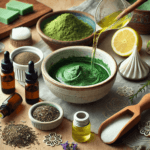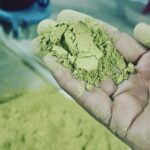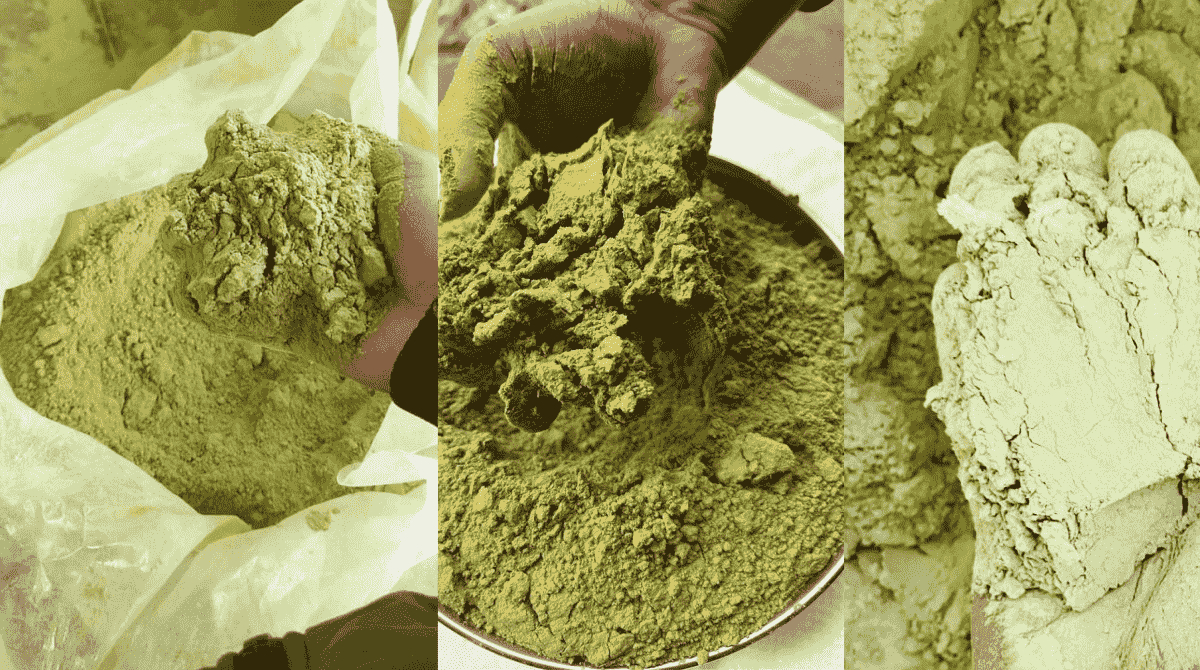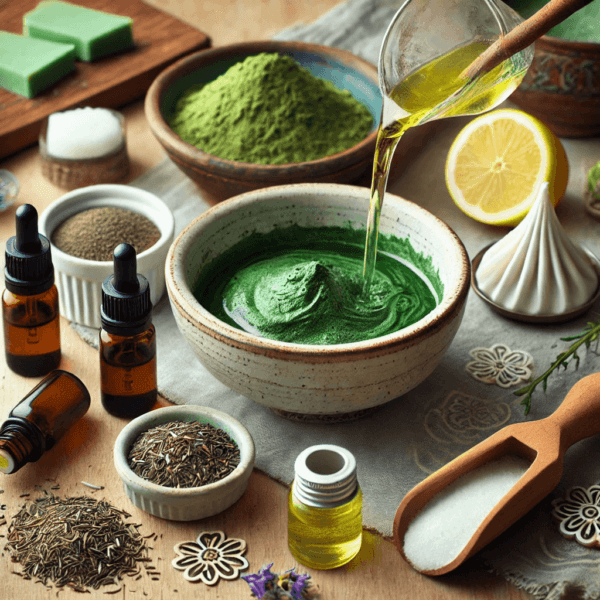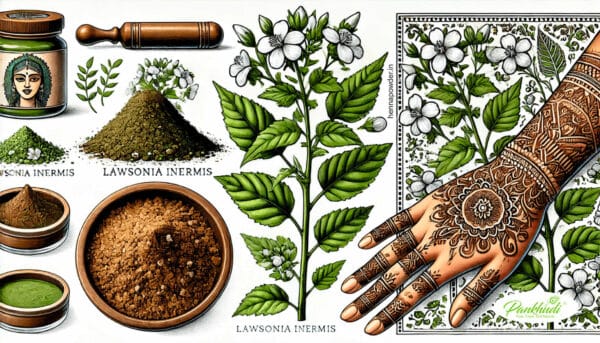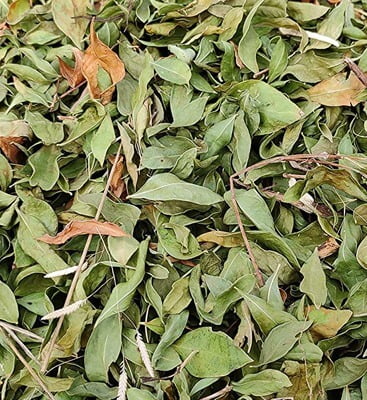Types of Henna and Choosing the Right One
Henna, derived from the leaves of the Lawsonia inermis plant, has been used for centuries as a natural dye for hair and body art. With its growing popularity, it’s essential to understand the different types of henna available and how to choose the right one for your needs. This guide will explore the differences between natural henna and black henna, the risks associated with black henna, and the various shades and varieties of henna.
Natural Henna vs. Black Henna
Differences Between Natural Henna and Chemically-Laden “Black Henna”
types of henna Natural henna, also known as Lawsonia inermis, is a plant-based dye that produces a range of reddish-brown hues. It is safe for skin and hair and is often used in traditional body art (mehndi) and hair coloring. However, black henna is a term used to describe henna products that have been mixed with other chemicals, particularly para-phenylenediamine (PPD), a synthetic dye commonly used in hair dyes.
Here’s a comparison of the two:
- Composition:
- Natural Henna: Purely made from dried henna leaves, ground into a fine powder with no additives.
- Black Henna: Often contains PPD and other chemicals to create a darker color, which can be misleading as it is not pure henna.
- Color:
- Natural Henna: Produces shades ranging from orange to reddish-brown, depending on the application and the individual’s skin tone.
- Black Henna: Aimed at creating a deep black color, often used in body art.
- Safety:
- Natural Henna: Generally safe for most people, with minimal risk of allergic reactions.
- Black Henna: Can cause serious skin reactions, including burns, blisters, and long-term sensitization to PPD, leading to allergies.
Risks Associated with Black Henna
Using black henna can pose several health risks:
- Allergic Reactions: Many individuals may be allergic to PPD, leading to skin irritation, redness, and swelling.
- Skin Burns: Some black henna products can cause chemical burns, leading to pain and scarring.
- Long-term Sensitization: Continuous use of products containing PPD can lead to chronic allergic reactions and sensitivity in the future.
How to Identify Pure and Natural Henna Products
To ensure you’re using pure henna, follow these tips:
- Check the Ingredients: Look for products that list only “henna” or “Lawsonia inermis” on the ingredient label. Avoid any product that includes PPD or other synthetic dyes.
- Color and Texture: Natural henna powder should be a vibrant greenish-brown color with a fine texture. If it appears black or contains additives, it’s likely not pure.
- Packaging: Buy henna from reputable brands that provide detailed information about their sourcing and production methods. Authentic brands often highlight their henna as “100% pure” or “body art quality” (BAQ).
- Test Patch: Always perform a patch test on a small area of skin to check for any allergic reactions before full application.
Different Shades and Varieties of Henna
One of the fascinating aspects of henna is the range of shades it can produce. The final color can vary significantly based on several factors:
Exploring the Range of Shades That Henna Can Produce
- Reddish-Brown: The most common shade, produced by natural henna.
- Mahogany: A deeper, richer red shade that some people achieve by leaving the henna on longer or using specific types of henna powder.
- Chestnut Brown: Achievable by mixing henna with other natural ingredients, like indigo, which can add depth to the color.
- Black: Though natural henna does not produce true black, it can be achieved by mixing henna with indigo or using products labeled as “black henna” (though this may contain harmful chemicals, so caution is advised).
Factors That Influence the Color Outcome
- Skin Tone: The natural pigmentation of your skin will influence how henna appears. For example, henna tends to show up darker on fair skin and lighter on darker skin.
- Henna Quality: The quality of henna leaves used impacts the richness of the dye. High-quality, fresh henna will yield a more vibrant color.
- Additives: Many people mix natural henna with other ingredients to enhance color or conditioning properties. For example, adding coffee or tea can darken the color, while lemon juice can intensify the stain.
- Application Time: types of henna The longer you leave henna on the skin or hair, the darker the resulting stain will be. For hair, a longer application time can lead to richer, deeper colors.
Conclusion
Choosing the right type of henna is crucial for achieving the desired results while ensuring safety and health. Natural henna is the safest and most beneficial option for both hair and body art, while black henna poses significant risks due to its chemical content. By understanding the differences between natural and black henna and the various shades henna can produce, you can make informed choices that enhance your beauty naturally.
Always opt for high-quality, pure henna products, and be aware of how your skin and hair respond to achieve the best results. Whether you’re looking to dye your hair or adorn your body with beautiful designs, henna offers a rich, cultural, and safe alternative to chemical dyes.

